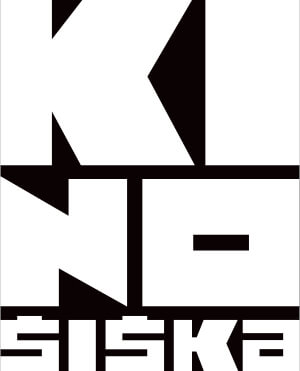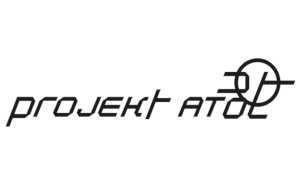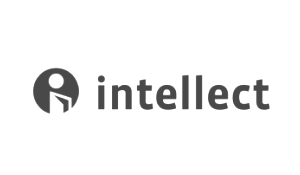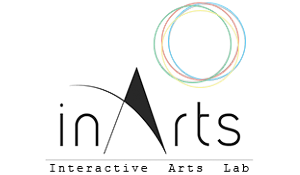Taking the Dutch horticultural sector as a case in point, Petrič’s artistic research project examines the infrastructures and automation used in the production of bodies, following the interlock of technological innovation, market affordances/constraints and the particular futurity that arises from them. In response, a series of interventions into the horticultural sector are performed, each geared towards a critical aspect of agribusiness.
Infrastructures are notoriously difficult to grasp as they are designed to be reliable and unseen, taken for granted unless they break. The Operational Bodies series applies Harun Farocki’s method of exposing operational images as a way to observe the digital infrastructure of an industrial greenhouse in spite of its invisibility, through authentic artifacts. Operational (or functional) images are images captured to be immediately analyzed for information, most often by machines. They can therefore be considered as part of our invisual culture.
The artwork presents the operational images taken by a robot in a tomato greenhouse. Every evening, the Plantalyzer robot slowly rolls along the heating pipes between rows of tomato plants. During its 6 hour ride, it snaps images every 10 centimeters with its 6 cameras. After their capture, it uses AI to analyze the visual images for data, identifying the number of tomatoes and their color. The grower receives a report containing the current harvestable yield, classified into 12 categories of ripeness.
Credits:
2024 | Concept and execution: Špela Petrič | Operational images rendering: Tim Oblak | Facilitation: EatThis. (Peter van der Sar, Rene Snijders, Ed Smits) | Plantalyzer robot data: HortiKey (Andreas Hofland) | Produced by: Zavod 2^32 | Supported by: Centre of Applied Research for Art, Design and Technology (CARADT), Creative Europe - EU Digital Deal, and the Netherlands Film Festival.
Špela Petrič is a Slovenian hybrid media artist with a background in the natural sciences. Her artistic research and practice combines (bio)media and performativity to enact strange relations between bodies that question the underpinnings of our (bio)technological societies. Recently she has been busy with looking closely at automation of care in agriculture and medicine.
Back








